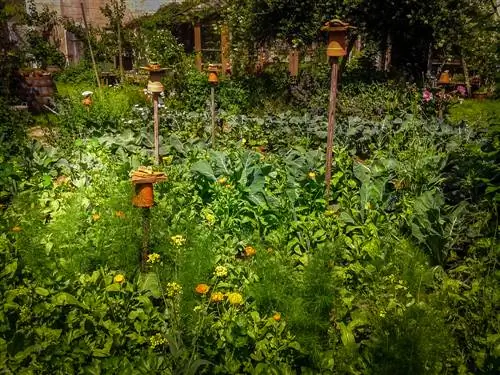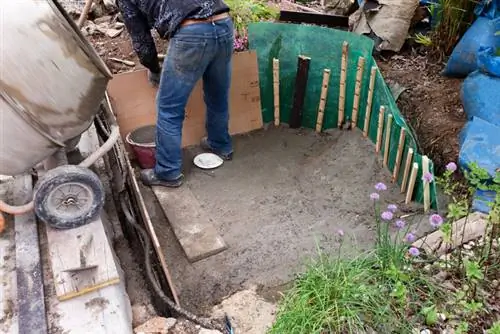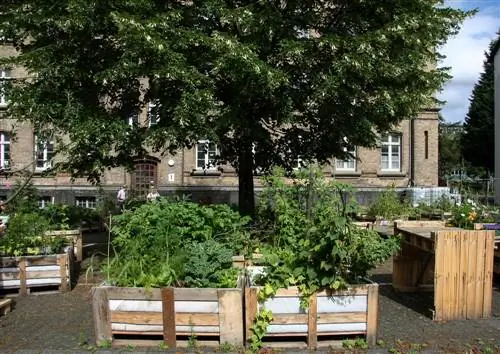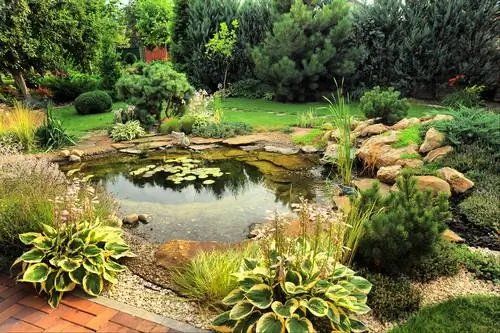- Author admin [email protected].
- Public 2024-01-05 20:48.
- Last modified 2025-06-01 06:02.
People who have had little contact with permaculture are often of the opinion that you just let everything grow as it wants and hardly take care of the garden. Nothing could be further from the truth. With permaculture, everything is planned down to the smallest detail - sustainably - and if everything works according to plan, over time a functional, productive, diverse and possibly somewhat wild-seeming garden will emerge with its own natural cycles.
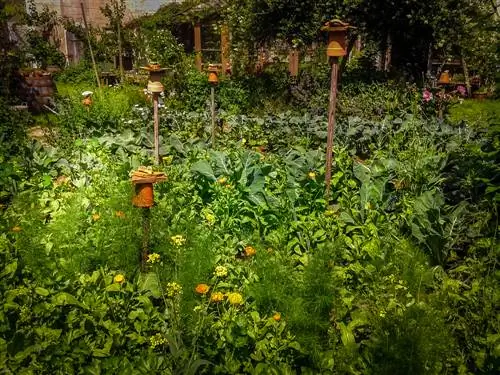
How do I plan a permaculture garden?
To plan a permaculture garden, you should first closely observe your garden to identify existing resources. Then plan in two steps: 1. Determine species diversity and harvest requirements and 2. Design the structure of the garden taking local conditions into account.
Take a closer look at the garden
In permaculture, all existing resources are used and new ones are even created. To do this, you must first observe and explore the garden carefully. Among other things, you should find out:
- Look at which places have shade, where there is partial shade and where there is a lot of sun.
- Check if your garden has slopes so that you can use them for water flow and irrigation.
- Which plants occur naturally in your garden? (including wild herbs and “weeds”)
- Check if there is an area with a lot of wind.
- You may want to take a soil test to know how nutritious your soil is and how much you should help.
If you think you know your garden and the conditions well, let's start planning
Planning the construction of the permaculture garden
A permaculture garden is also divided into different beds. There are also typical permaculture elements such as natural ponds, herb spirals, hill beds, raised beds, insect hotels, compost heaps, potato towers, stables for rabbits and chickens, etc. It's best to first plan on paper in two steps:
1. Planning biodiversity
Think about what fruits and vegetables you want to grow and how much of them you need. If you want to eat entirely from your own garden, you should first analyze how much you eat. It is also important to remember that the harvest - and therefore the sowing - is staggered so that you can harvest all year round. If you have chickens and/or rabbits, plan their food too.
2. Plan structure
Sketch - taking into account the local conditions - where what should go, how wide the beds should be, where watercourses should go, etc.
Tip
A permaculture garden should function for years and must therefore be planned for the long term. So don't just plan for one year but for several: rely on several plants and pay attention to crop rotation by planning cultivation on the different beds for several years.

